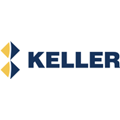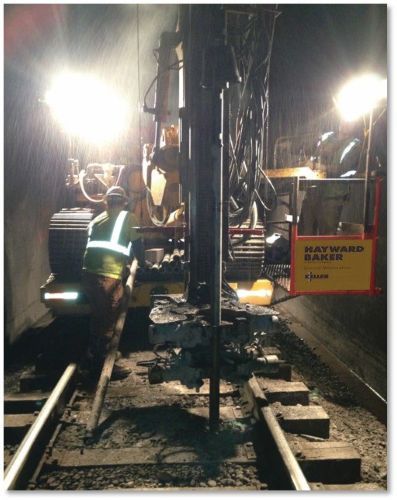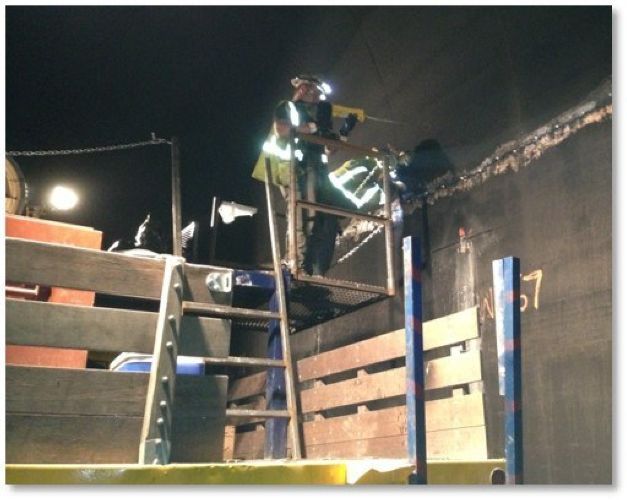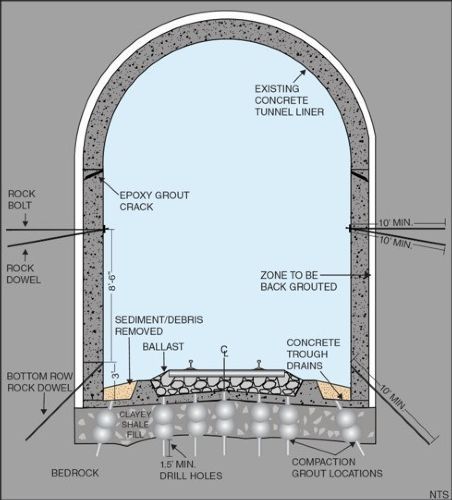
Featured Project Return to Projects List
Big Bend Tunnel Rehabilitation
Project Information
- Project Location:
- Talcott, WV
- Status:
- In-Progress
- Structure Type:
- Tunnel
References
- General Contractor:
- Hayward Baker, Inc.
- Client:
- CSX Transportation
Scope Of Work
THE PROJECT
CSX Transportation (CSXT) utilizes the historic 6,565-foot-long Big Bend railroad tunnel for mainline traffic on the Alleghany Subdivision. The tunnel was constructed in 1932 in Talcott, West Virginia. Traffic consists of heavy-tonnage coal and other freight. Soil and drainage issues combined with increased rail traffic, heavier trainloads, and concrete slab wear and tear have required maintenance over the years. In 201 CSXT embarked on a full scale rehabilitation effort to reduce future maintenance and the potential of line outages.
THE CHALLENGE
The bedrock under the rail ballast underwent many years of dynamic cyclical loads from the passing heavily loaded rail traffic. This coupled with drainage problems resulted in a softening and erosion of the bedrock under the invert slab in specific sections of the track, as well as around the tunnel liner in one of those sections.
THE SOLUTION
Hayward Baker completed the low mobility grouting in 17 specific sections along 1,200 feet of the tunnel to fill voids below the invert slab and improve the loosened subgrade. Tight spacing was needed because only limited volumes of grout could be injected in each hole because of the minimal overburden. In one 200-foot long section, which suffered the greatest bedrock degradation, backfill grouting of the voids behind the tunnel liner was necessary. In order to support the tunnel liner during these temporary fluid loads, rock bolts were installed prior to the grouting. Following the backfill grouting, the tunnel liner was permanently tied into the rock mass with rock dowels.
Because this was an active rail line, the work took place predominately at night for minimal disruption to traffic. Depending on the Owner’s traffic demands, train schedules and grout crew schedules were sequenced and scheduled on a weekly, daily, and sometimes hourly basis.
Following each shift, all equipment and materials required removal from site. This required all drilling, grouting, and support equipment to be assembled on separate rail-mounted carts and conveyed in and out of the tunnels with Hy-rail trucks. These carts were purpose built in-house to effectively accommodate the proper staging of the crew, equipment, materials, and supplies.


